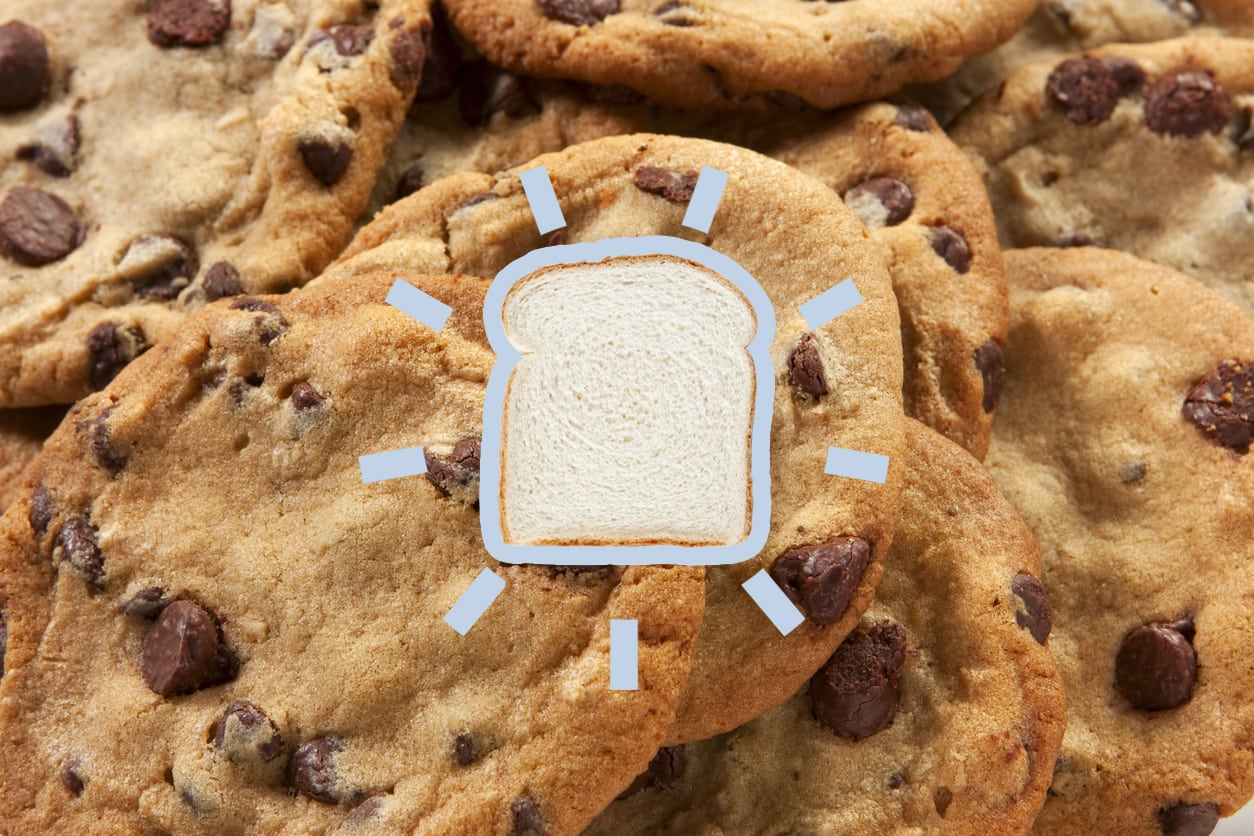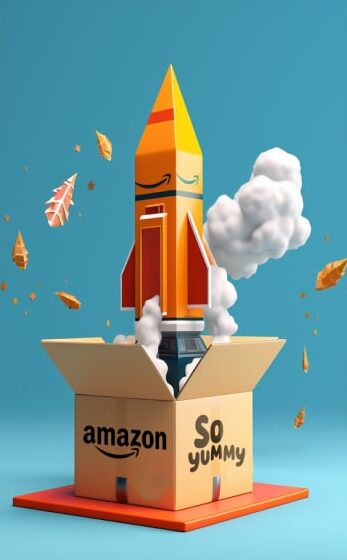Nothing can kill a good mood faster than a stale cookie. It’s not that stale cookies necessarily taste bad. But they taste off, which is a sad thing when said cookies tasted so fresh and moist just yesterday. So there they sit, growing staler by the minute, destined for the garbage can. If only you had known this hack for keeping cookies as fresh as the day you baked them…
But your next batch of cookies will be different. They’ll receive the second chance they deserve. You’ll keep them fresher for longer because you’ll know that keeping your cookies alongside a piece of bread is the secret to fresh success.
That’s right — according to the Wonder How To Food Hacks page, sliding a piece of bread into your cookie storage container will keep them moist and tasting great.
A day or two after you bake your cookies, place a single slice of bread into their container. The moisture in the fresh bread will transfer to the cookies via osmosis (remember osmosis from your high school science class?), therefore keeping them chewy, soft, and as delicious as when they came out of the oven.
Cook’s Illustrated notes that flour tortillas sandwiched between parchment paper can also be used for the same purpose. This method works well if you’re gifting cookies in a tin.
It’s also a good idea to keep cookies (and the bread slice) in an airtight container like a Ziploc bag rather than a cookie jar or tupperware container. An airtight bag will help thwart the drying out/staling process and keep your cookies fresher tasting for longer.
As great as the bread hack is, it’s only necessary to use if your fresh-baked cookies last for more than 48 hours. In our household, cookies are usually gobbled up within minutes. But nevertheless, keep this cookie hack in mind just in case.
Plus, this would would great for any stale Oreos or Nutter Butters you have lying around, which you can turn into delectable Halloween treats such as these:

Love food hacks? Watch our food hack video and get inspired — your kitchen (and tummy) will thank you.
Don’t you feel smarter already?

